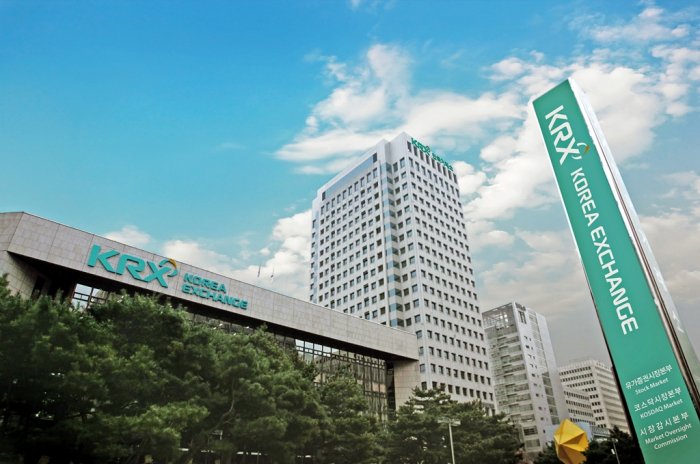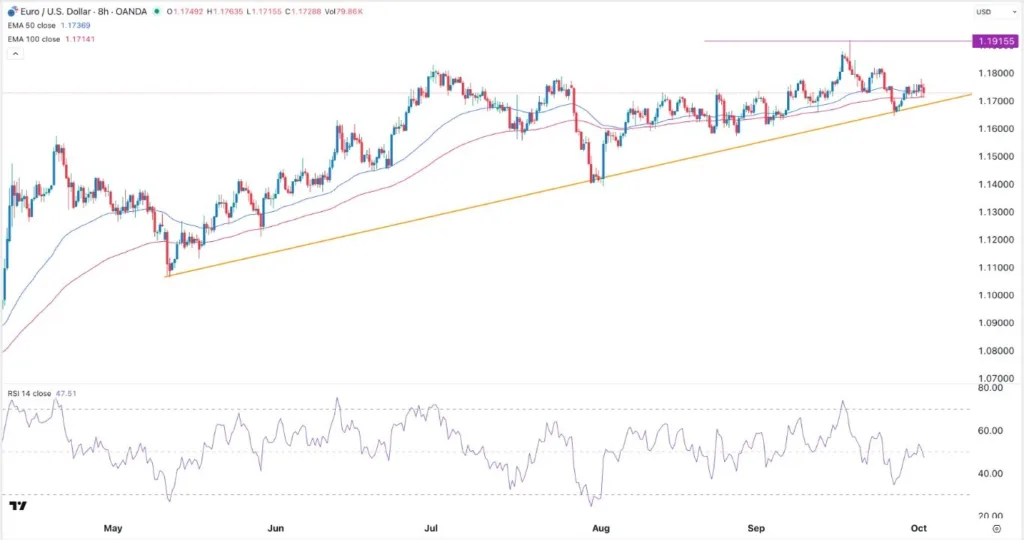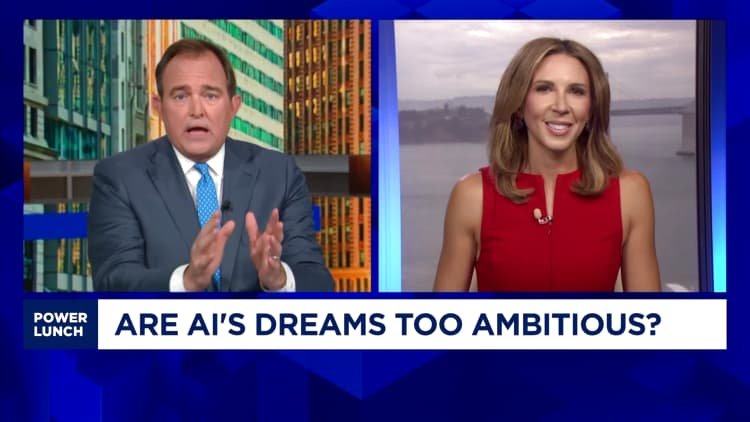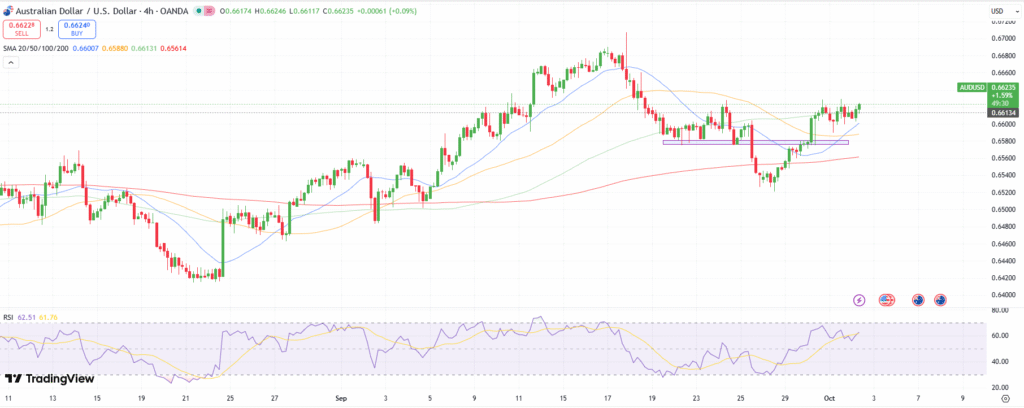Why did Figma’s stock tumble 26% in September after already dropping 39% in August? The young stock’s post-IPO reality check continues.
Shares of Figma(FIG 3.20%)fell 26.2% in September 2025, according to data from S&P Global Market Intelligence. That’s the second double-digit price drop in two months, following Figma’s initial public offering (IPO) on Aug. 1, 2025. On the upside, September’s plunge was softer than August’s 39% crash.
The company published its first quarterly report as a public company last month. The market reaction to that presentation accounted for most of August’s investor pain.

Image source: Getty Images.
Wall Street wanted more from Figma’s debut report
Figma posted 41% year-over-year revenue growth in the second quarter of 2025, landing at $249.6 million. Adjusted net income rose 39% to $19.8 million, but both the new tally and the year-ago figure rounded off to breakeven earnings per share. The analyst consensus had called for earnings near $0.08 per share on sales in the neighborhood of $248.7 million. So that was a mixed bag with a mild revenue surprise and a more substantial bottom-line miss.
Looking ahead, Figma’s management issued fairly bullish revenue guidance, with next-quarter and full-year targets just ahead of the Wall Street consensus.
Investors shrugged off the solid revenues to focus on Figma’s earnings miss instead. The stock fell 19.9% the next day, followed by continued volatility for the rest of the month.
What goes up on IPO day often comes down quickly
The stock soared sky high on its IPO date. The stock was priced for sale at $33 per share but closed the first trading day at $65.57. Even now, after two months of steep price drops, Figma’s stock trades well above the official IPO price at nearly $52 per share.
Getting in early on exciting IPOs can be a risky business. It’s not a hard and fast rule but skyrocketing first-day prices are often followed by harsh price corrections right away. That’s really what’s going on here, as Figma investors adjust their expectations after August’s soaring debut.
And there may be further price drops in the months ahead. The stock still looks incredibly expensive, trading at 277 times trailing earnings and 28.5 times sales.
Figma’s technology is indeed exciting, using artificial intelligence (AI) and advanced collaboration tools to help teams of people create stunning web sites and mobile apps. The client list includes big names like Netflix, Duolingo, Zoom, and The New York Times — all online veterans with the resources to choose any graphic design platform. And they all ended up using Figma.
But even when the sky is the limit, there’s always a limit. Figma’s stock probably shouldn’t be worth $25.4 billion at this early stage, but that’s the deal today. I don’t mind watching this cooldown playing out from Wall Street’s sidelines. The original IPO price of $33 per share looks like a more reasonable entry point. The stock is just too hot to handle so far.
Anders Bylund has positions in Duolingo and Netflix. The Motley Fool has positions in and recommends Netflix, The New York Times Co., and Zoom Communications. The Motley Fool recommends Duolingo. The Motley Fool has a disclosure policy.






